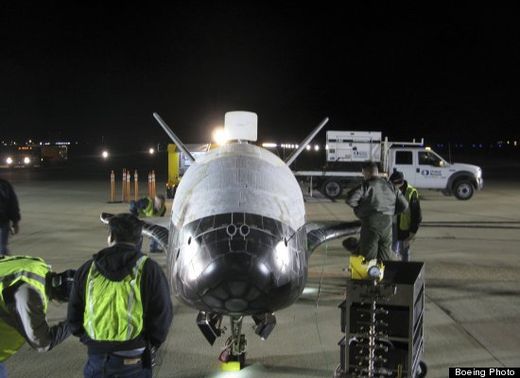
© BoeingThe X-37B is shown here after landing at 1:16 a.m. Pacific time on December 3, 2010, concluding its more than 220-day experimental test mission. It was launched from Cape Canaveral Air Force Station, Fla., on April 22, 2010.
The U.S. Air Force's classified X-37B space plane
should have returned to Earth in December.
But the top-secret unmanned
spacecraft continues to glide along its unusually low orbit nearly one year after it was launched in March 2011, leading
Spaceflight magazine to
suggest the vehicle is
spying on a Chinese spacelab called Tiangong-1, the BBC reports.
The X-37B, also known as the Orbital Test Vehicle (OTV), is a 29-foot solar-powered craft NASA has been developing since 1999. In that time, the vehicle has been launched twice, including the most recent mission from which it has yet to return.
According to the Air Force, the craft's purpose is to test "reusable spacecraft technologies for America's future in space and operating experiments which can be returned to, and examined, on Earth."
Since the Air Force took over operations of the shuttle in 2006, the Pentagon has remained mute on the program's overall budget and plans, compelling amateur astronomers to keep an eye on its movements,
The New York Times reported in May of 2010. They noticed the shuttle orbited over "global trouble spots" like Iraq, Iran, Pakistan, and North Korea.
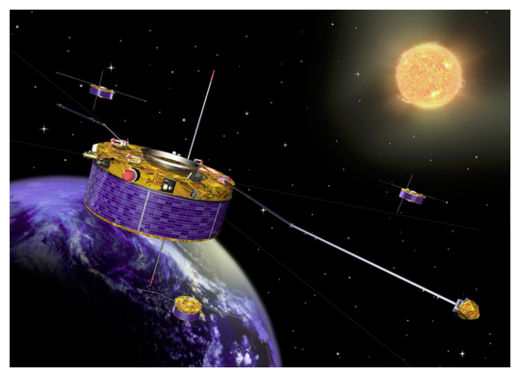


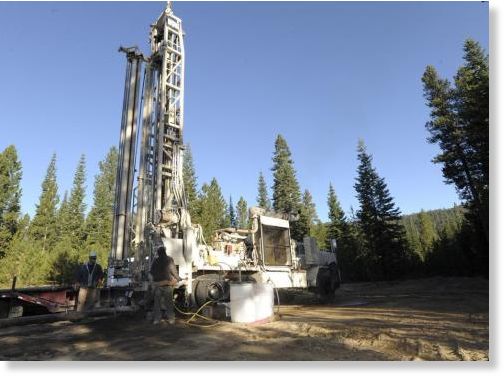


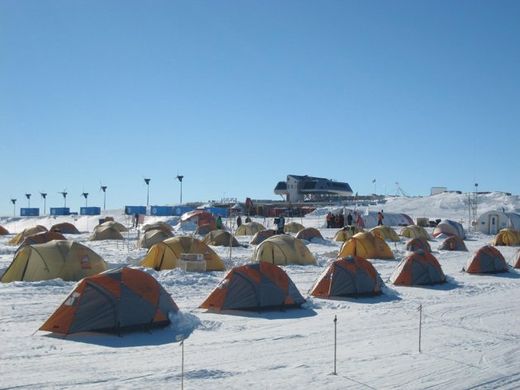

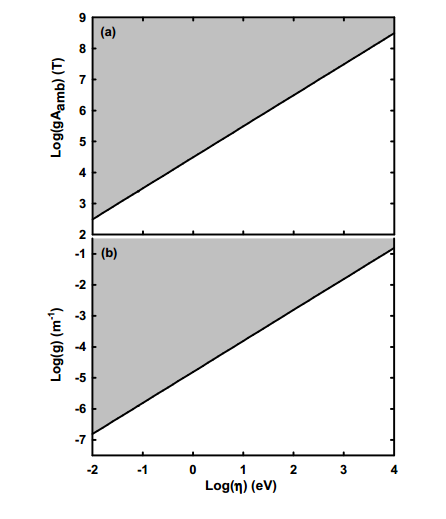
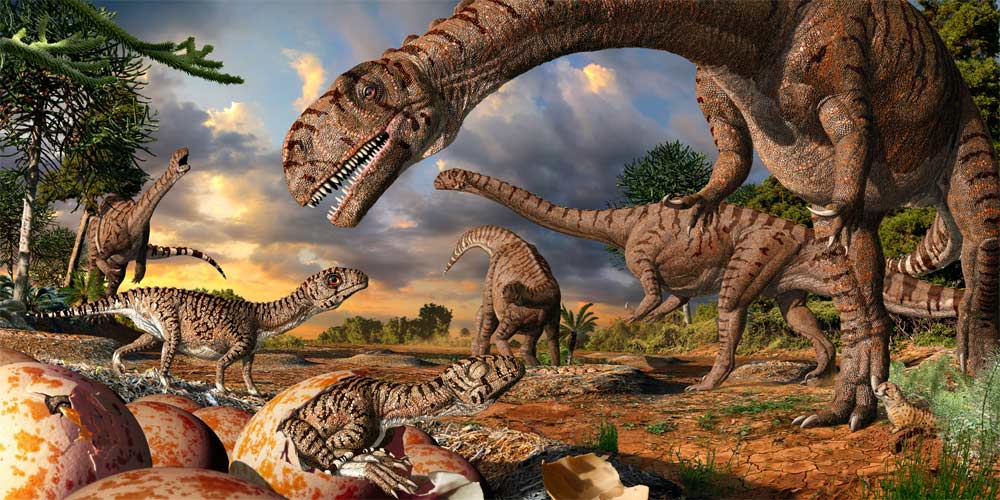



Comment: Can we say it already?! We live in an ELECTRIC UNIVERSE!
Electric Universe: Which Came First?
Electric 'Creation' in an Electric Universe